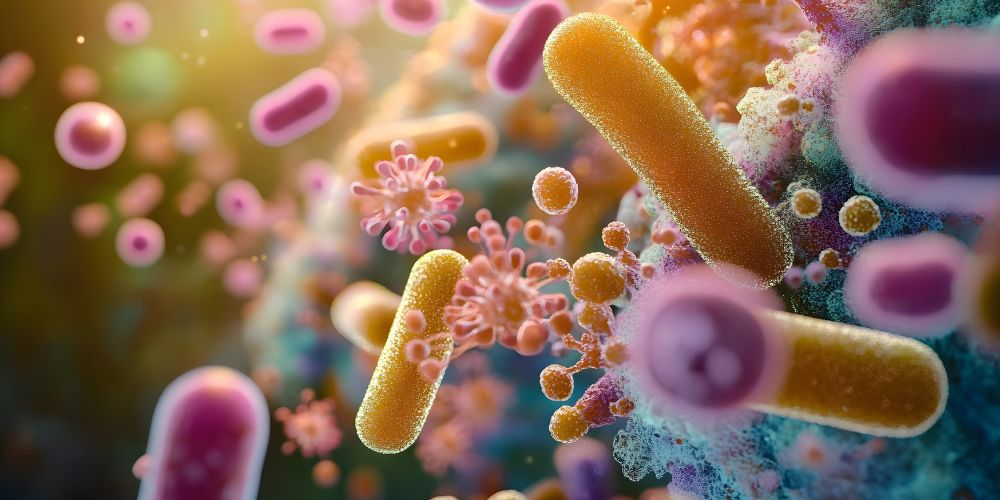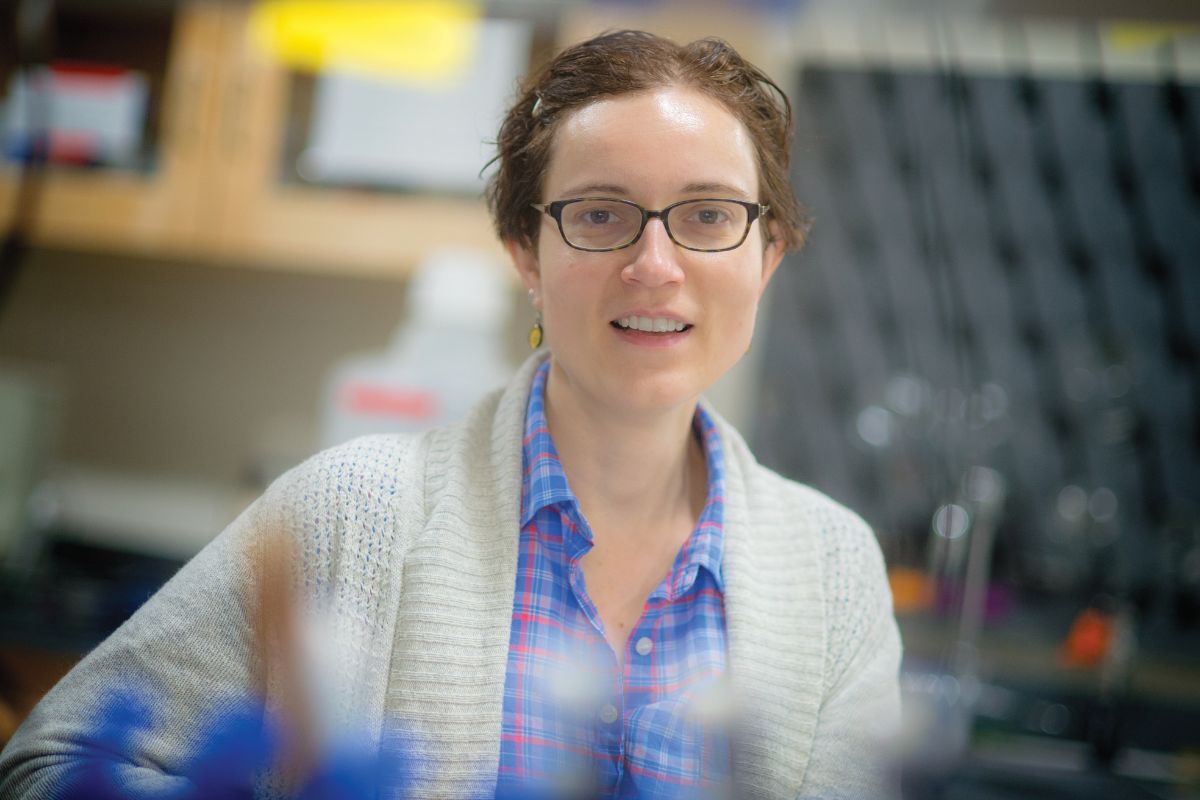Life Sciences Building, Room 206
501 S. Nedderman Drive
Box 19047
Arlington, TX 76019
Studying how bacteria grow to fight infections

The University of Texas at Arlington has awarded funding to research teams to launch new investigative projects. The Research Enhancement Program (REP), administered by UTA’s Office of Vice President for Research and Innovation, offers seed funding to investigators to help them test new ideas and explore new directions that could lead to future innovations and more competitive proposals for external funding from federal agencies and nonprofit foundations.
In this research series, we are highlighting six of these grants.
Researcher: Cara Boutte, associate professor of biology, College of Science
Project title: “Evolution of Polar Cell Wall Growth Across Bacterial Clades”
What’s the idea?
Dr. Boutte is studying how certain bacteria grow by examining how they build their cell walls, an effort that could lead to the development of more effective antibiotics. Rod-shaped bacteria have two main growth patterns. Most grow along their sides, called lateral growth—imagine a child getting taller as their whole body lengthens. But others grow only at the ends of the cell, like a child stretching only from their head and feet. This method, called polar growth, Boutte describes as “incredibly bizarre”; it is not well understood. Her research aims to identify which bacteria grow by this method and why.
Why it matters:
Understanding this could lead to better ways to stop bacteria from spreading in the body and causing infection. Once researchers know which species grow in which ways, they can look at the organism’s genomes to discover which genes control each growth type. That information could help scientists develop more targeted and effective antibiotics. It’s possible that certain combinations of drugs could be used more effectively with one type of organism than another. For example, polar growth is found in a group of bacteria called phylum Actinobacteria, which includes the kind that causes tuberculosis, a serious infectious disease that’s increasingly resistant to drugs. In the case of tuberculosis, which affects 10 million people annually, the bacterium typically infects the lungs.

Real-world use:
In the long term, this work could help create antibiotics that are more precisely targeted to the bacteria they’re trying to fight. In the short term, the project offers undergraduates a hands-on entry point into real research without needing to master complex lab techniques right away.
Next steps:
The research team is focused on understanding which bacterial species use which growth patterns. Once that’s uncovered, the scientists will dig into the molecular level to find the genetic mechanisms behind those patterns.
In their words:
“This is a very interesting topic because, if you compare humans and bacteria, the cell wall functionally replaces the skeleton, the intestinal tract, the kidneys, the reproductive organs and even the skin. So, it’s like half our body, functionally. Because it’s so important for bacterial life, if we understand it better, we can kill bacteria faster and more effectively with antibiotics.” – Boutte
--
The UTA College of Science, a Carnegie R1 research institution, is preparing the next generation of leaders in science through innovative education and hands-on research and offers programs in Biology, Chemistry & Biochemistry, Data Science, Earth & Environmental Sciences, Health Professions, Mathematics, Physics and Psychology. To support educational and research efforts visit the giving page, or if you're a prospective student interested in beginning your #MaverickScience journey visit our future students page.